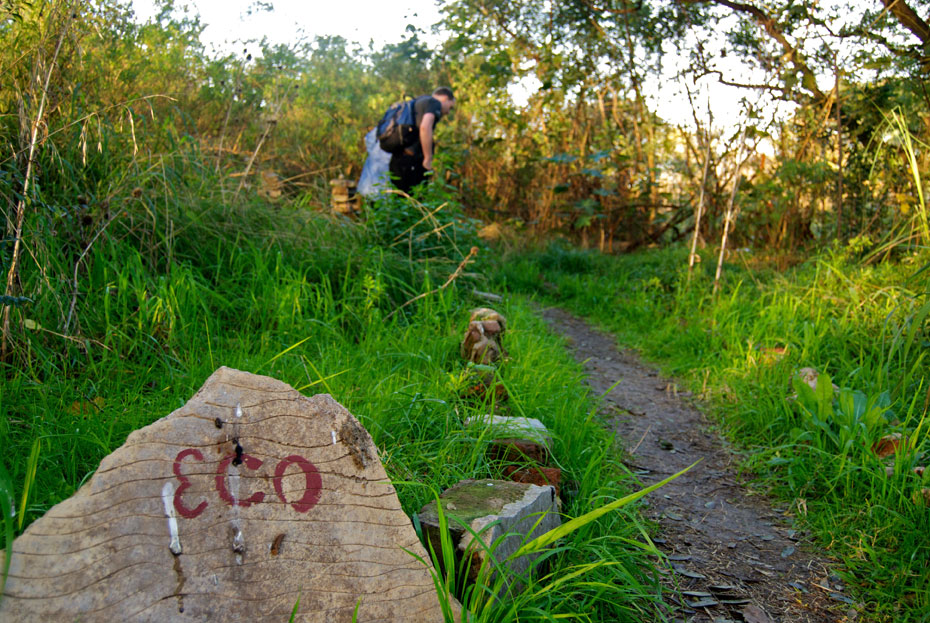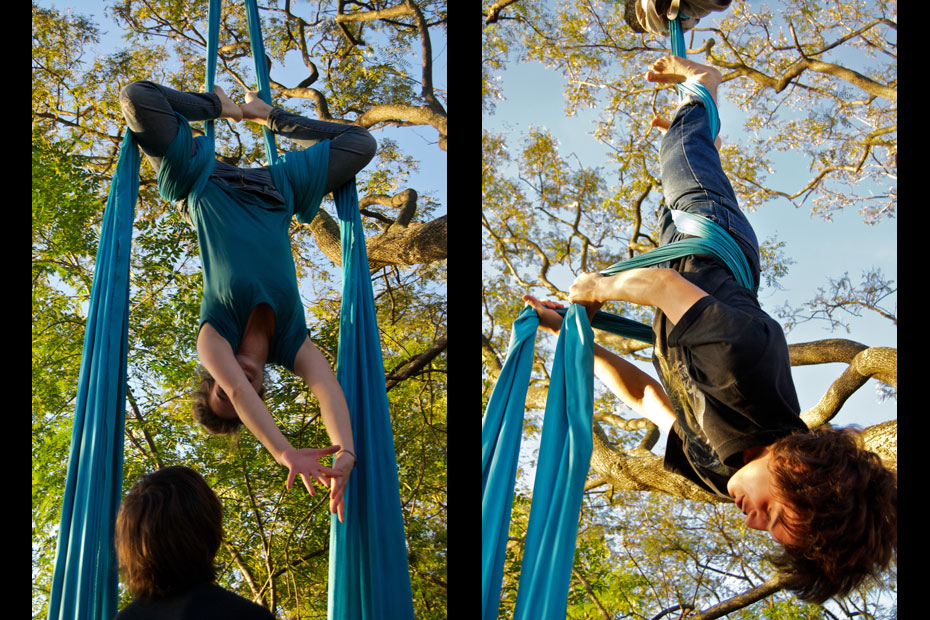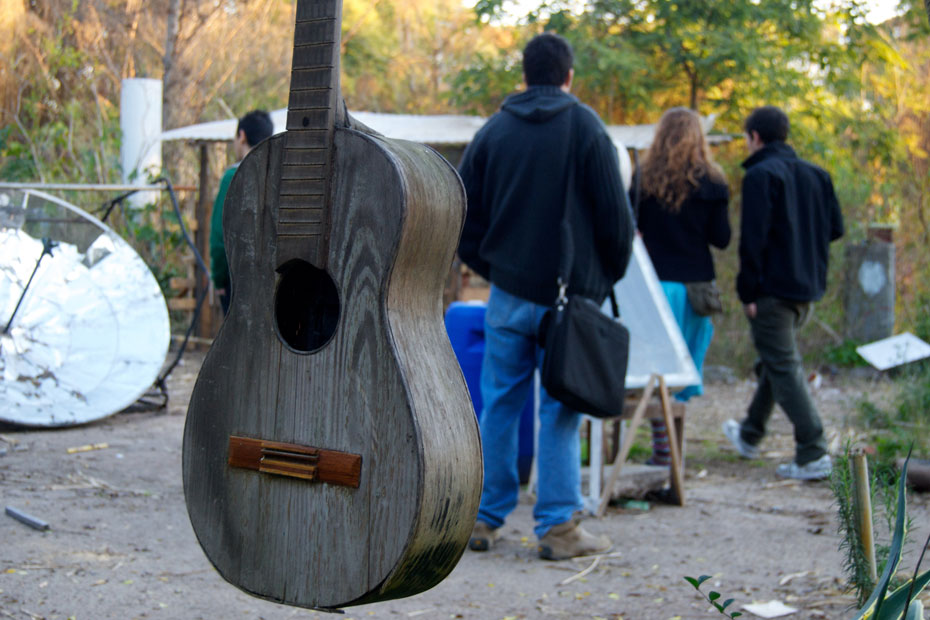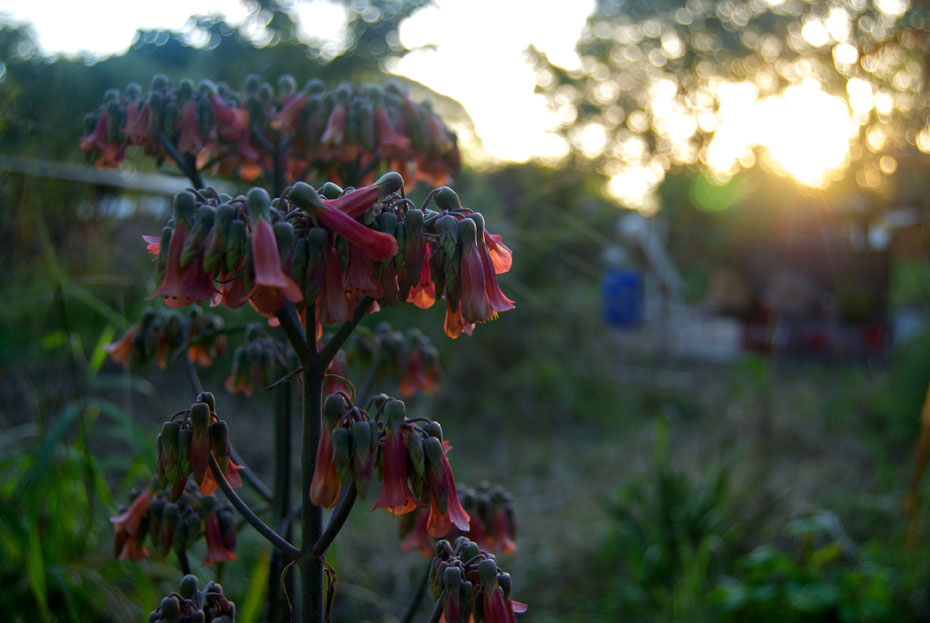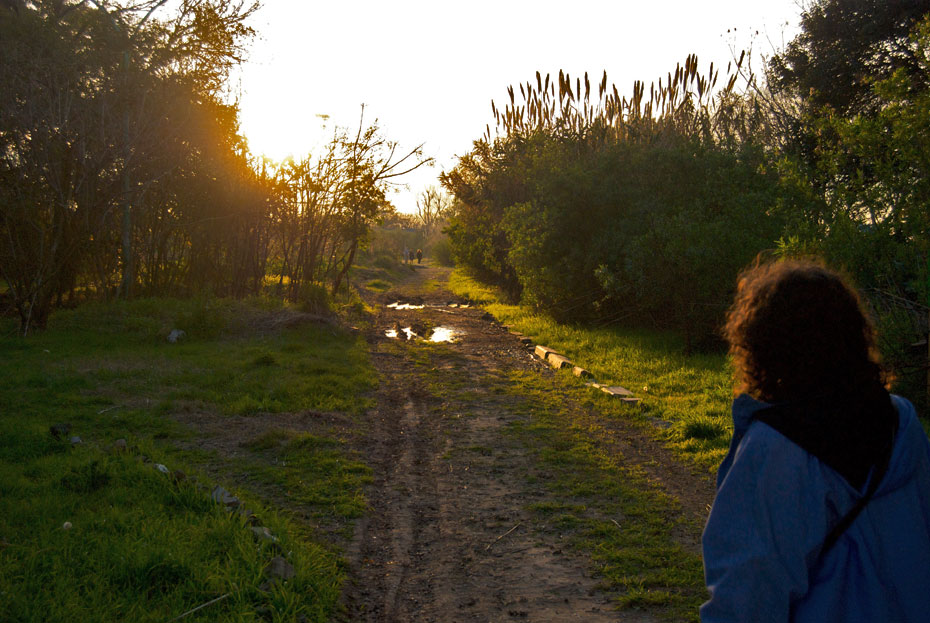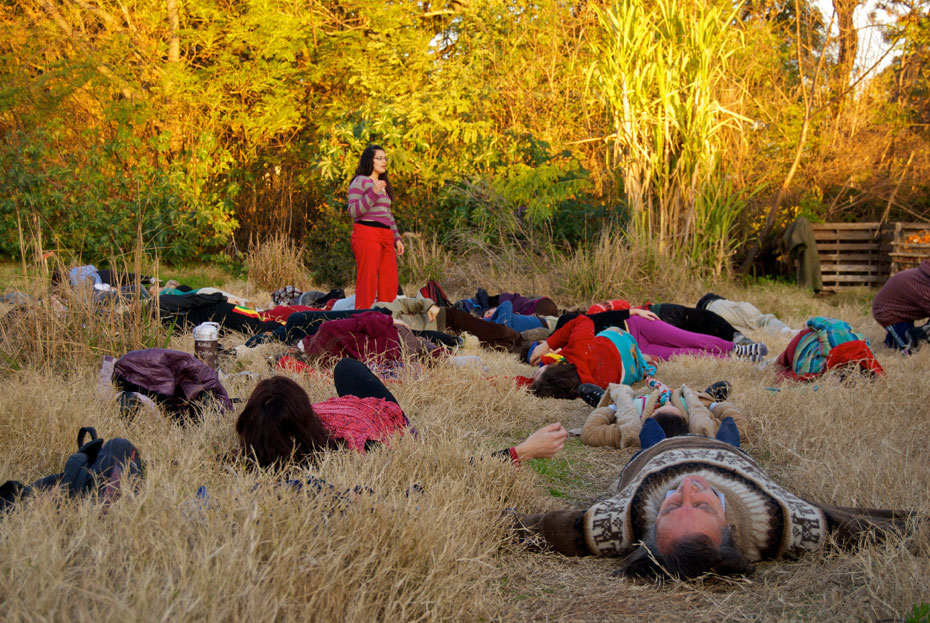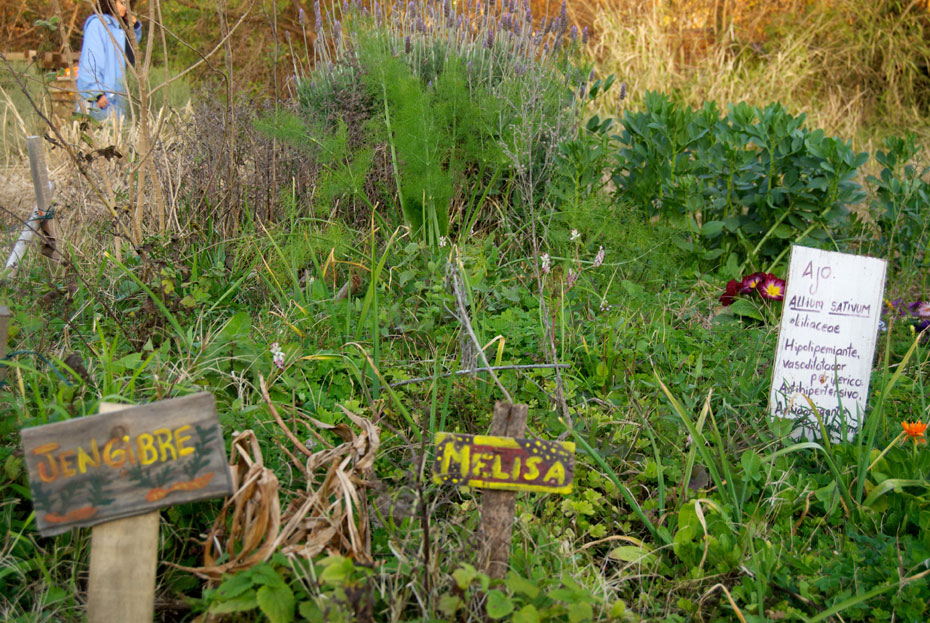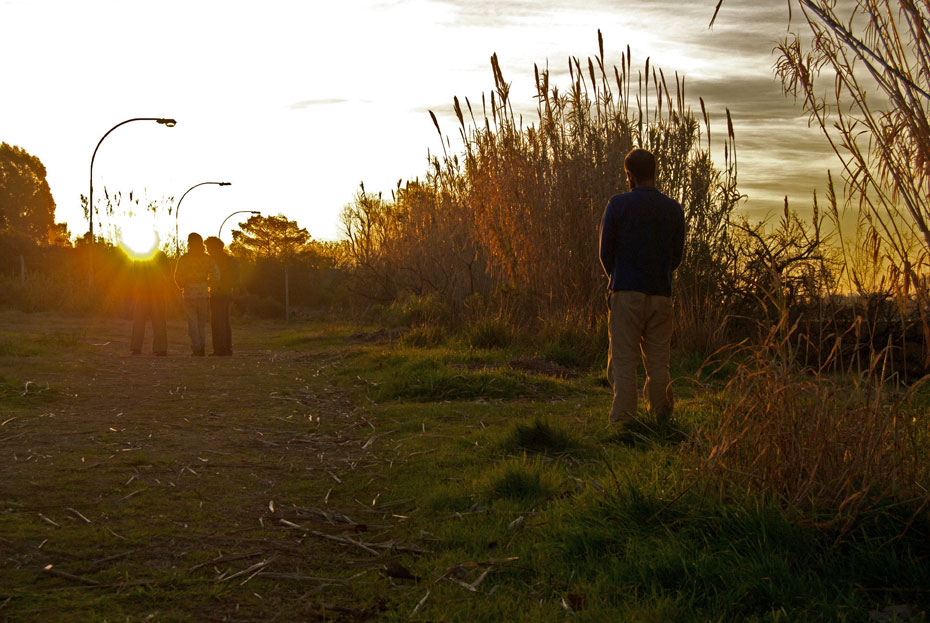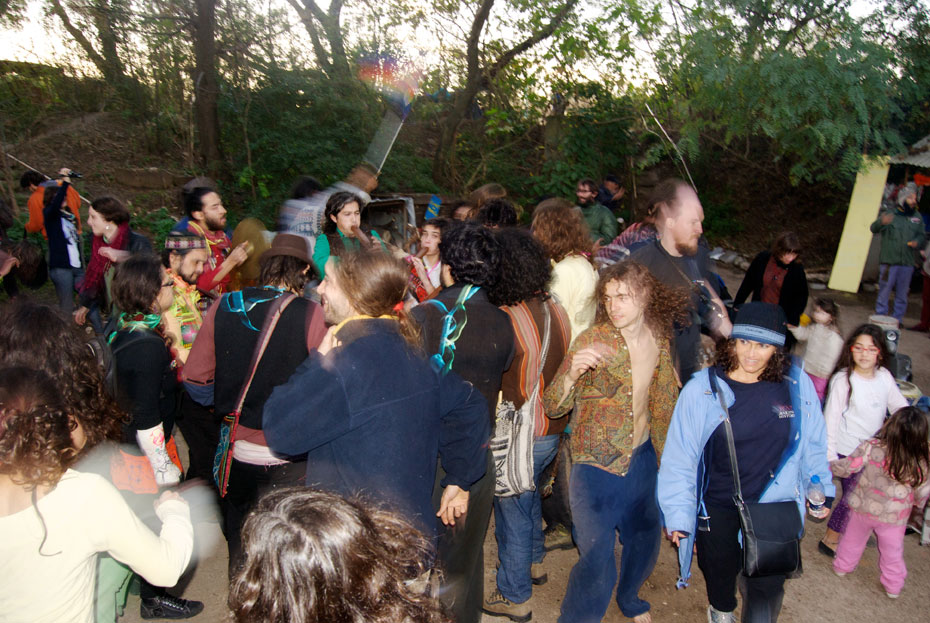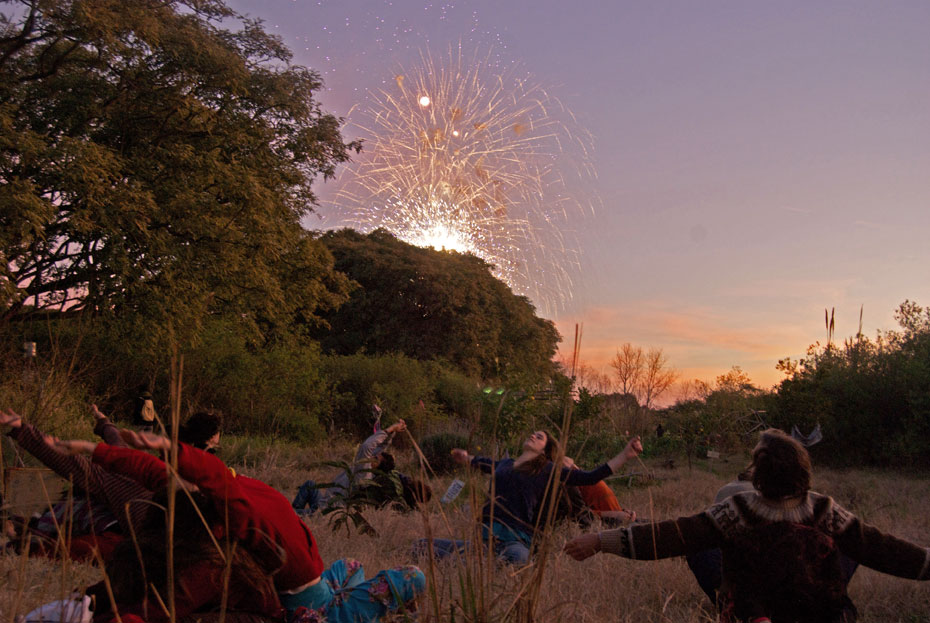Esta es un texto del blog de las mamás y papás que vienen con sus hermosos hijos a compartir tardes a Velatropa. Primero un par de videos:
httpv://www.youtube.com/watch?v=6-wrLUl2VnA&feature=related
Empezamos pensando en jardín a partir de los 3 años, luego en una escolarización tardía, a los 6 años (“con el sistema escolar siempre es mejor tarde que temprano”) luego educarla en casa (cómo, de qué manera, métodos, currículo???) y luego dimos con aquello que más se asemeja a nosotros “Crecer sin escuela”, sin escuela institucional, ni escuela armada en casa, sin escuela física, ni mental, ni emocional (el mayor reto es para nosotr@s como padres, desescolarizar nuestra cabeza, nuestro cuerpo, nuestra alma!), aprendizaje natural, unschooling, vamos por lo radical!
Una vez más, facebook demostró ser un gran aliado en toda esta aventura, a través de mi gran amiga y hermana July me enteré de un grupo que se estaba armando y cuyo tema principal era la búsqueda de opciones alternativas de educación… me metí de cabeza. Hace más o menos un mes que los vi por primera vez y ha sido tan intenso este recorrido que ya somos una gran tribu que cada día crece! Son nuestr@s herman@s, nuestr@s locos acompañantes de aventura, nuestr@s guias y aprendices!
Y como todo lo que tiene que ser, es! El mejor lugar posible apareció y así la Ecoaldea Velatropa, ha abierto su paraíso para dar un espacio físico (que es mucho más que eso y no tengo palabras para agradecer tanto amor, contención, respaldo, complicidad, escucha y compromiso!) que contiene a esta aventura. Y ahí estamos construyendo un espacio libre, no reglado y respetuoso, pensado desde el aprendizaje natural, donde buscamos el juego libre, la libre interacción de los niños, un espacio que está creciendo con los intereses, inquietudes y deseos de l@s niñ@s.
De momento el grupo lo conforman niñ@s que van desde los 5 meses hasta los 8 años, algunos de ellos escolarizados, otros cuyos padres aún están evaluando las opciones y otr@s que ya nos hemos decantado por crecer sin escuela. Cada familia elige el tiempo que permanece, los días que va. Un espacio donde todos son bienvenidos en los tiempos y manera que así lo desean! Desde esa misma lógica y siendo lo más importante, cuando realizamos actividades cada niño es libre de participar o no, ya sea total o parcialmente, libre de irse y venir o no 😉 y cosa maravillosa, l@s niñ@ son consultados por su padres cada día que vamos!
No sabemos a donde nos lleve esta aventura por lo pronto lo importante es que la estamos caminando, divirtiéndonos, acompañándonos y respaldándonos, con l@s niñ@s en el centro. No importa si le podemos llamar proyecto o grupo, tribu o colectivo, importa que vamos tejiendo redes, encontrando caminos de vínculo e interacción. Importa que aunque no sabemos como hacerlo, lo estamos haciendo y que como todo aquello que se hace en tribu y en comunidad, este espacio, este proyecto está tomando las dimensiones de los seres que lo conformamos más allá de las limitaciones particulares de cada un@ y cruza nuestras fronteras, nos atraviesa como personas y gratamente contemplamos que nos supera y que aunque somos distint@s nos convocan l@s niñ@s, nos nuclea el deseo de verl@s crecer libres, felices, amad@s y respetad@s y eso nos fortalece.
Y sobre todo, importa que Kyara es feliz, me pide todos los días “ir a nuestro lugar” y cuando estamos llegando se saca los zapatos y las medias y corre feliz, riendo y saltando; importa que desde que empezamos a reunirnos ella llama “amig@s” a todos los que va conociendo (“amig@s parecidos a mi y amigos parecidos a mamá”, así diferencia niñ@s de adult@s), rápidamente aprendió sus nombres y cuenta las anécdotas de cada un@ allí donde vamos, los tiene presentes, “los lleva consigo” allí donde está. Importa y mucho, que se siente libre de ir y venir, de jugar con tod@s l@s niñ@s y dejar de hacerlo cuando así lo desea, que se une a las actividades de l@s adult@s cuando quiere y como quiere y es siempre bienvenida, que se apropió del espacio y se maneja como si estuviera en casa, que le gusta sembrar y jugar con tierra que va por ahí hablándole a las plantas y contando que necesitan para crecer fuuuertes, que le divierte construir con adobe y descubrir bichitos, que al principio las lombrices le daban impresión y ahora las toca y las pone en la tierra diciéndoles: ve a tu casita; que el otro día andaba preocupadísima por una cucaracha (si! Una cucaracha!) que estaba boca arriba y ella no sabía como ayudarla. Importa que nunca se quiere ir y ya ha estado pensando donde nos podemos armar la casita y quedarnos a vivir, que ir al baño seco se convirtió en una aventura y llega a casa pensando como podemos instalar uno y a cada baño que entra me pregunta si es seco o mojado! Importa su enorme alegría y lo mucho que ha crecido en este mes! importa la tranquilidad de saber que aunque no tenga mi mirada, porque así lo elige ella, tiene la mirada amorosa de otros adult@s. Importa que Kyara está habitando un espacio vivo (en todo el sentido de la palabra) rodeada de seres humanos que cuestionan y crean, que no se conforman y buscan alternativas creativas y coherentes con sus visiones… “cada loc@ con su tema” pero tod@s loc@s, soñador@s, creador@s. Seres human@s desobedientes, subversiv@s y activ@s que se hacen cargo de su camino. Seres human@s que saben “que otro mundo es posible” y que empieza con cada un@. Importa que he descubierto en l@s adult@s que habitan Velatropa, seres respetuos@s de l@s niñ@s y sobre todo felices que habiten el espacio. Desde el primer momento su mirada y su actitud ha sido de total apertura, amor, respeto y confianza, nunca miran con “sospecha” a l@s niñ@s, no están mirándol@s a ver que hacen con el temor a que dañen, ensucien o rompan, no hay objetos prohibidos sino actitudes de cuidado transmitidas… no exagero si digo que nunca, ningún niñ@ se ha sentido reprimido por ellos, todo lo contrario su mirada es de amor y cuidado. Importa, como gran símbolo de este proyecto, que no sólo tengo la certeza de la risa de mi hija, sino la expansión, la alegría, el poder que cada uno de l@s niñ@s que conforman y nutren este espacio.
Hace años, mi papá y mi mamá me transmitieron, con hechos más que con palabras su secreto de VIDA “que te guíe la alegría” pues esto es pura alegría! Y les comparto un trocito… (ver video al principio)
Para tod@s aquell@s que resuenen con este proyecto, les dejo la página del grupo en facebook, son tod@s bienvenid@s. Y para tod@s aquell@s que deseen acercarse, estamos en Buenos Aires y hacemos varios encuentros por semana, son bienvenid@s! Qué nadie se quede fuera!
Referencia
